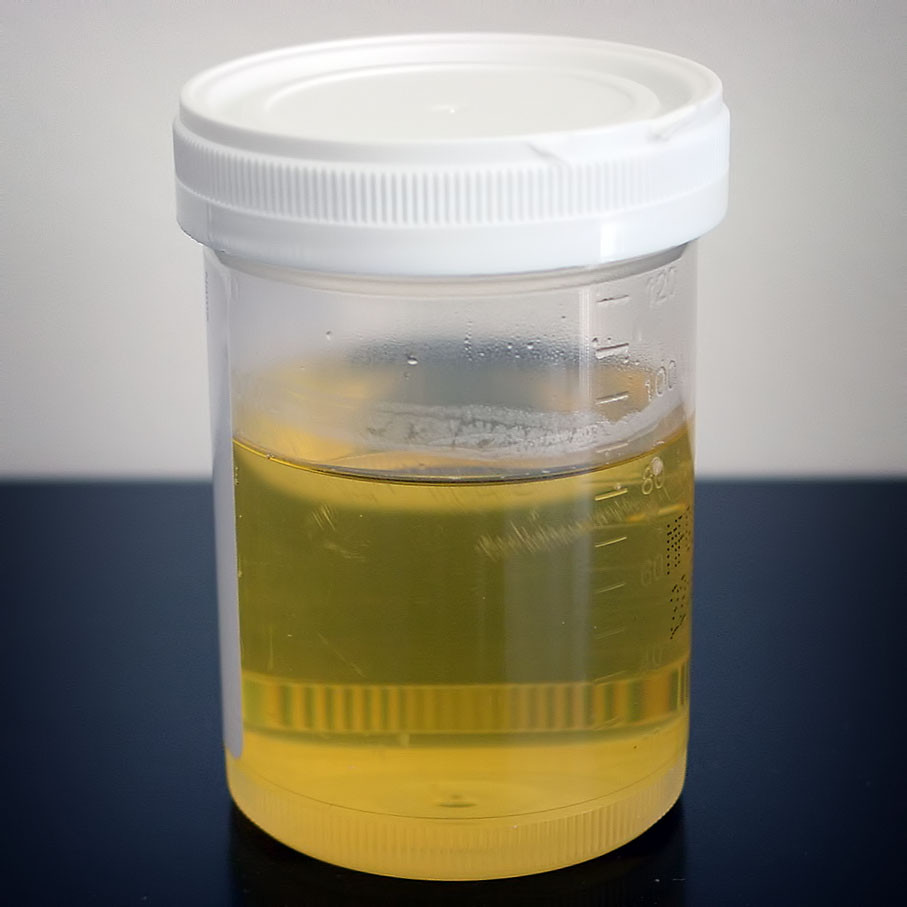Journal Club Summary
Methodology Score: 3.5/5
Usefulness Score: 3/5
Question and Methods: The objective was to develop a risk-tool (UTICalc) to aid physicians in deciding when to perform urinanalysis and when to empirically treat febrile children 2 to 23 months of age. Single center study. Retrospective nested case control for derivation and a temporal validation cohort
Findings: Models that included lab parameters (dipstick, gram’s stain etc.) performed better. When validated on hypothetical cohort of 1000 febrile patients (70 with assumed UTI), UTICalc when compared to AAP algorithm reduced testing by 8.1% (95% CI 4.2%-12.0%) and reduced the number of treatment delays by 10.6% (95% CI, 0.9%-20.4%)
Limitations: Retrospective, not prospectively or externally validated, single center, inter-rater reliability of the variables not reported.
Interpretation: Potentially practice changing once externally and prospectively validated
Epi Lesson
In case control study two groups of patients one with the outcome (cases) and the other without the outcome of interest (controls) are studied to identify the factors that contributed to the outcome. Controls can be anyone who is at risk for the outcome but did not develop the outcome. Nested case control study is a modification to the above study design where both the cases and controls are derived (nested) within a larger well-defined cohort.


